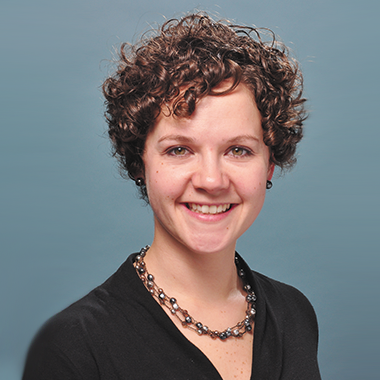Keep yourself as active as you can and clear your home of fall hazards. Even if you don’t notice an injury, falls can be an early warning sign for many health issues. Don’t delay asking for help when you need it!
Roughly 1 in 4 adults over age 65 fall each year. About 800,000 people a year are hospitalized for fall injuries like broken bones and head injury. Falling one time increases your chance of falling again. The fear of falling is real, and falls are *not* a normal part of getting older! Here are some ways you can keep yourself and your loved ones from falling.
🏡 Make some adjustments to your home. Get rid of clutter! Avoid small area rugs and slippery floors or carpets. Install grab bars in showers or near toilets and add motion-activated lights to see clearly in the dark, especially in bedrooms and bathrooms. Store frequently used items in places that are easy to reach. Have a sturdy stool with a handle or a grab stick to get harder-to-reach items. Many of these solutions have low-cost permanent and temporary options.
🏃♂️Stay active. Exercise can counteract many physical risks that can lead to falls, like difficulty with balance, osteoporosis, or weakened bones. Gentle activities like walking, water aerobics, and tai-chi can be great ways of strengthening your lower body. Try to exercise most days of the week for 15-30 minutes. Make every day leg day. 😉
🥦 Maintain your bone health. Eat calcium-rich foods like dairy and broccoli and get some sun for vitamin D. Limiting your alcohol intake (older people can choose not to drink or limit intake to 2 drinks or less in a day for men and 1 drink or less in a day for women, when alcohol is enjoyed) and not smoking can further support bone health.
👓 Continue to have regular checkups with health professionals. Your health team can help you manage medications that may cause dizziness or sleepiness and adjust any dosages to better control your pain. Health professionals can also check your hearing and vision to keep those senses alert to any potential fall risks.
☎️ Create a safety plan. If you do fall, stay calm and take deep breaths. Check if you’re hurt and move slowly to avoid further injury. If you know someone is nearby, call for help. Have a wireless phone or smart device (e.g. Apple Watch, Alexa) nearby to speed-dial emergency contacts, or consider buying a medical alert device (AARP has a great guide on this included below!). Once you’re safely back on your feet, contact your primary care practitioner or team to let them know about your fall, even if you don’t have any pain. Falls can be an early warning sign for many health issues.
While this isn’t an exhaustive list, we hope these tips will be the first steps to keeping you and your family safe. Talk about falls when they do occur. Don’t let the fear of falling keep you from getting back up again!
With love,
Those Nerdy Girls
Additional Resources:
AARP Medical Alert Device Guide
National Institute of Aging-Falls and Falls Prevention
CDC-Older Adult Fall Prevention
National Council on Aging-Falls Prevention for Older Adults


